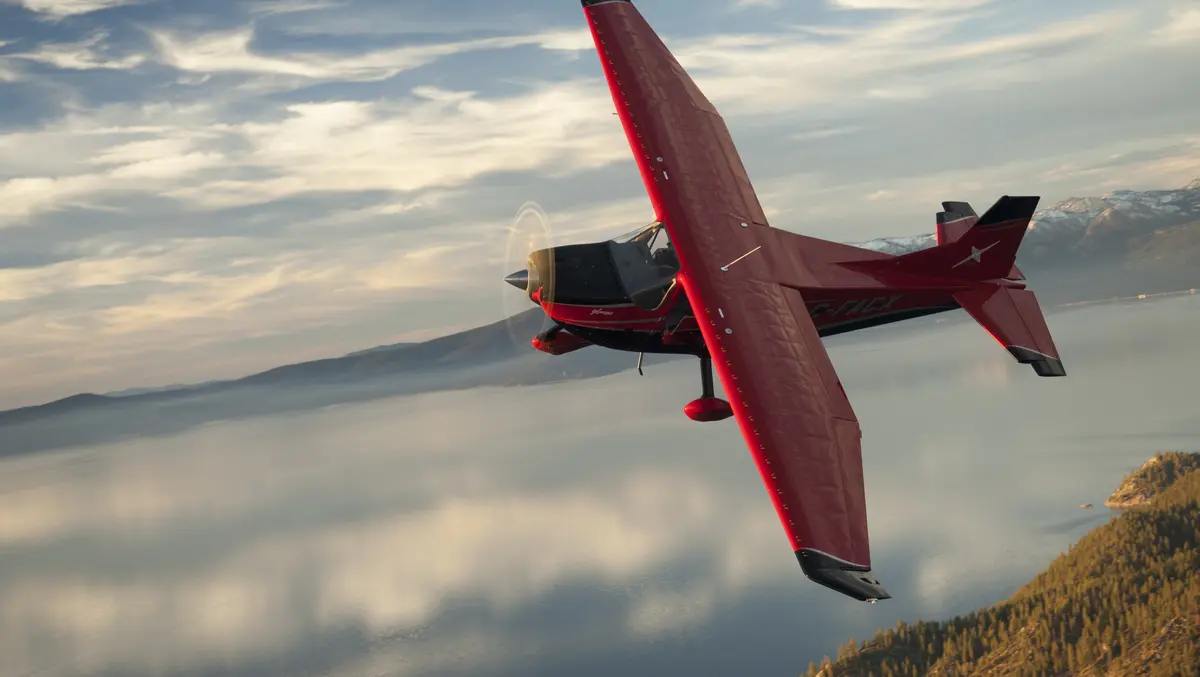The expansion of the world's largest oil and gas pipeline in North America is projected to enhance the exports of amphibious-capable aircraft manufactured in New Zealand, contributing to a USD $70 million boost over the next decade.
The extensive pipeline network spans 29,000 km and is responsible for transporting over 5.8 million barrels of oil and 0.70 billion cubic meters of natural gas each day. Extending from the Gulf of Mexico, through the United States, and into Canada, this system accounts for 30% of North America's crude oil production and a fifth of the United States' natural gas consumption.
The increased demand for New Zealand-produced E-350 Expedition aircraft is set to rise alongside the pipeline expansion. This model, originally manufactured in Canada, is currently produced by Hamilton-based aeronautical company NZAero.
The aircraft are integral to a yearly USD $1.5 billion programme that involves monitoring and leak detection systems. Their primary use is to prevent environmental damage caused by land movement, erosion, and unauthorised construction activities affecting the subterranean pipeline.
Pilots execute flights at an altitude of 200 metres to identify potential hazards, thereby helping maintain a high level of safe product delivery. The surveillance efforts have contributed significantly to the company's near-perfect record, with 99.999959% of nearly 37 billion barrels of oil safely transported over the past ten years.
Stephen Burrows, CEO of NZAero, indicated that the US pipeline operator has recently received its first E-350 aircraft from the New Zealand manufacturer, with another unit currently in production.
"The potential growth in the pipeline network represents a multimillion-dollar export opportunity for the New Zealand aeronautical manufacturing sector," Burrows remarked.
He elaborated on the aircraft's versatility: "The E-350 Expedition is a highly versatile utility aircraft that is ideal for carrying passengers and large cargo items. It excels in various environments, functioning as a cross-country cruiser, backcountry bush plane, or floatplane, with rugged landing gear and short takeoff and landing (STOL) capabilities."
There has been a considerable global interest in the aircraft. "Now the aircraft is back in production, we are seeing significant enquiry from around the world including Northern Europe, the Middle East, and Asia - as a low-cost aircraft to access isolated villages and humanitarian applications such as medivac," Burrows added.
North America also shows a strong demand, particularly in the tourism sector, where the aircraft is used to access remote wilderness locations. "As they can be easily converted to land on water, many of the 80 aircraft in existence are used to access fishing lodges on remote lakes in Canada and Alaska," he commented.
Burrows anticipates that the E-350 model will comprise approximately a quarter of their aircraft exports over the next decade. "We expect this model to account for around a quarter of our aircraft exports over the next decade and we are aiming to produce around 30 units during this period. This would represent over $70 million in export earnings from this aircraft and its parts and maintenance alone," he explained.
The CEO noted that the E-350's robustness at low altitudes and improved pilot visibility were among the deciding factors for its selection. He mentioned the upcoming fleet expansion: "The addition of another two New Zealand-built E-350s to their fleet over the next two years will standardise the pipeline owner's fleet across the U.S. and Eastern Canada."
Burrows concluded with an assessment of the aircraft's performance: "What sets these aircraft apart for their operations is how tough they are at low altitudes - around 500 to 700 feet. In strong turbulence and during 60-degree bank turns around valve and compressor station sites, they perform flawlessly."
This standardisation will ensure consistent operation and maintenance efficiency as all aircraft will share identical parts and features. "The fleet standardisation will allow them to operate seamlessly, as all the planes will be practically identical, meaning their pilots can move between aircraft easily. Plus, having just one set of stock parts makes maintenance far more efficient," Burrows said.



